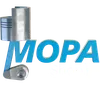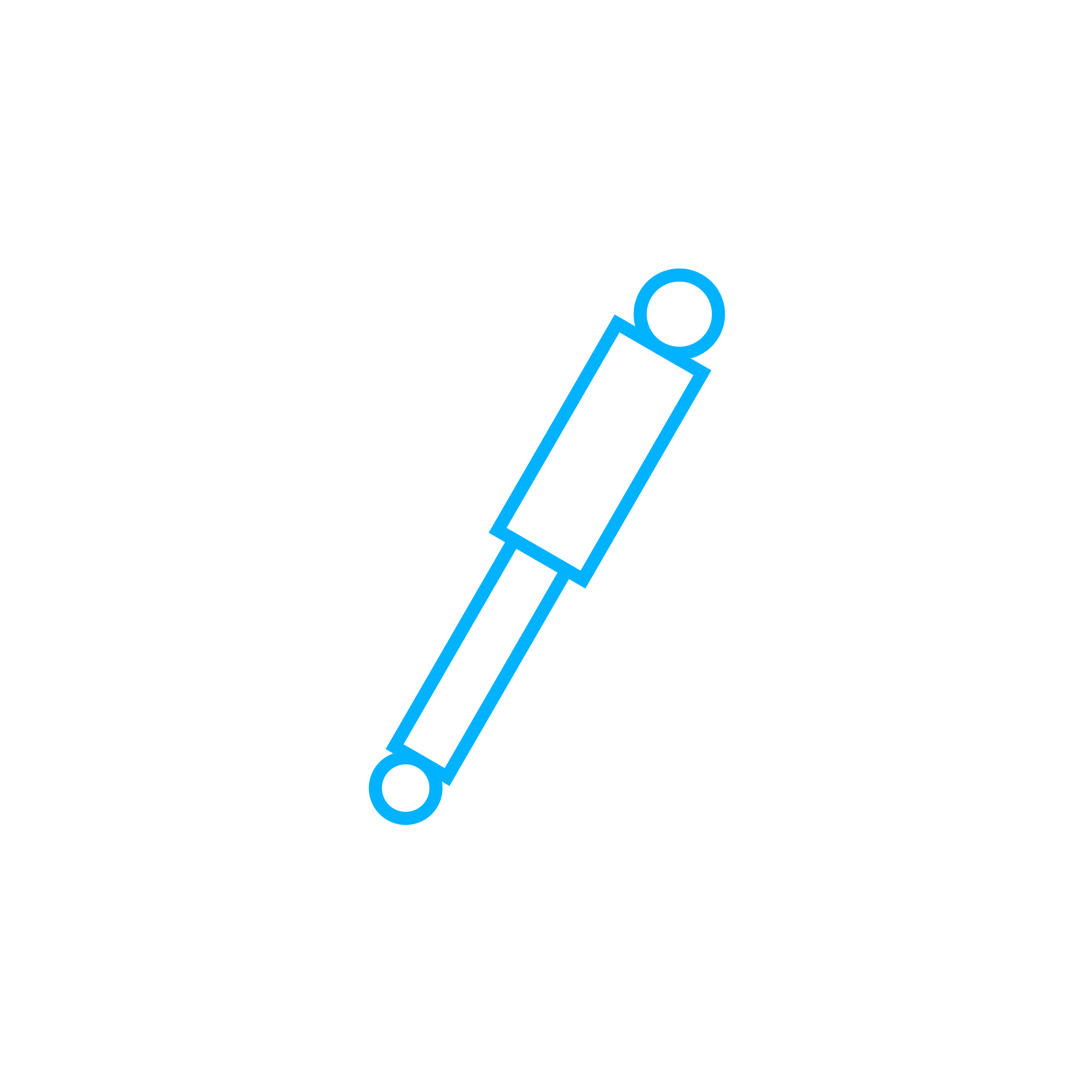TORSIONS DAMPTER damping elements for marine and diesel engines
Damping elements are precision components that control vibration, shock, and torsional oscillation in powertrains. In engines they protect the crankshaft, gears, couplings, and auxiliaries from damaging resonance and cyclic loads. This article category covers key solutions such as the TORSIONS DAMPTER, engine mounts, flexible couplings, and rubber-metal isolators—each designed to stabilize the drivetrain, improve running smoothness, and safeguard output and uptime. For shipowners, plant operators, and technical buyers, well-specified damping elements are essential to keep marine engine and diesel engine assets efficient, quiet, and reliable under varying loads.
Technical function of damping elements and TORSIONS DAMPTER in a diesel engine
A TORSIONS DAMPTER is engineered to absorb crankshaft twist caused by firing pulses and load fluctuations. In a diesel engine, each combustion event accelerates and decelerates the crank segmentally, creating torsional waves that can align with natural frequencies. The damper introduces a tuned counteraction—through viscous shear (inertia ring suspended in silicone fluid) or elastomeric shear (bonded rubber layers)—to dissipate vibratory energy as heat and shift peak amplitudes away from dangerous resonance bands. Correctly sized, a TORSIONS DAMPTER marine engine setup reduces peak torsional angle, lowers alternating stress in the crank fillets, and protects gear trains, alternator rotors, and power take-offs.
Complementary damping elements extend this protection through the drivetrain. Flexible shaft couplings add torsional compliance, isolating generators and gearboxes from high-frequency ripple while accommodating minor misalignment. Engine mounts (rubber-metal or hydraulic) decouple structure-borne noise and shock from the foundation, minimizing hull or skid vibration and protecting sensitive equipment. When combined, these elements deliver measurable gains: smoother acceleration, lower NVH, extended component life, and improved fuel-to-power conversion as parasitic vibration losses are reduced.
How a TORSIONS DAMPTER stabilizes marine engine operation
In marine propulsion and genset service, operating points vary with sea state, propeller loading, and electrical demand. A TORSIONS DAMPTER tuned to the engine’s firing frequency and harmonic content flattens the torsional response across key speed ranges. This keeps the working point clear of critical resonances during start-up, idle, transient ramp, and continuous duty. The result is cleaner power delivery to reduction gears and alternators, lower bearing loads, and fewer torsional ripple-induced failures in couplings and keyways.
- · Reduces crankshaft stress at critical speed bands.
- · Lowers gear rattle, coupling wear, and keyway fretting.
- · Stabilizes generator voltage by smoothing torque ripple.
- · Cuts structure-borne noise via optimized engine mounts.
- · Improves comfort and safety by minimizing vibration.
- · Extends service intervals of belts, bearings, and seals.
Importance for engine operation and service life
Unchecked torsional vibration accelerates fatigue in crankshafts, damper hubs, and gear teeth. Hardened or cracked elastomers in damping elements lose stiffness and damping, moving the system closer to resonance. Viscous units with degraded fluid lose shear effectiveness, increasing oscillation amplitude. Symptoms include rising NVH, fluctuating generator output, coupling bolt failures, fractured keys, leaking front seals, and even catastrophic crankshaft breakage. In marine engine rooms, these issues propagate as downtime, costly dry-dock visits, and safety risks.
Keeping damping elements within specification preserves alignment, reduces cumulative micro-movements at joints, and protects bearings from alternating loads. Periodic inspections—checking elastomer hardness (Shore A), bond condition, fluid leakage, hub runout, and temperature exposure—are essential. Replacement intervals should follow engine maker recommendations or vibration analysis results. When a TORSIONS DAMPTER in a diesel engine no longer meets the tuned frequency or damping coefficient, torsional response rises sharply; timely replacement averts cascading damage across the drivetrain.
Advantages of OEM spare parts suitable for damping elements and TORSIONS DAMPTER OEM parts
Engineered fit and verified material performance are critical in vibration control. OEM spare parts suitable for damping elements deliver the calibrated torsional stiffness, inertia, and damping values the engine model was validated with. This ensures the TORSIONS DAMPTER OEM parts match hub geometry, bolt patterns, mass moment of inertia, and elastomer compound characteristics, preserving the designed torsional map and critical speed avoidance strategy.
For purchasers and fleet managers, the benefits are clear: consistent performance across sister vessels and plant units; predictable maintenance cycles; and reduced risk of resonance-induced faults after overhaul. OEM spare parts also streamline compliance with class and safety audits by providing traceable specifications, controlled manufacturing tolerances, and proven heat/oil resistance in elastomer systems. Over the lifecycle, correct torsional tuning reduces wear rates in gears, mounts, and auxiliaries, lowering total cost of ownership while supporting uptime KPIs.
MOPA as a partner for OEM parts: damping elements and TORSIONS DAMPTER for marine engine fleets
MOPA supplies OEM spare parts suitable for damping elements—including TORSIONS DAMPTER units, flexible couplings, and engine mounts—for diesel and gas engines across marine and industrial applications. Customers rely on fast response, rigorous quality control, and secure, traceable transactions. From part identification by engine model and serial range to cross-checking dimensional data and material specs, MOPA streamlines procurement and minimizes risk. Short lead times, curated stock, and coordinated logistics help operators reduce downtime during planned overhauls and urgent repairs.
Whether supporting a single genset or a global fleet, MOPA provides technical clarity on torsional requirements, assists with selection by power rating and firing order, and sources parts aligned with class and safety expectations. The result is confident purchasing and reliable engine operation.
Conclusion
Damping elements are vital for controlling vibration, protecting drivetrains, and sustaining performance in marine and diesel engines. A properly specified TORSIONS DAMPTER, combined with quality mounts and couplings, keeps torsional stress in check and extends service life. Choosing OEM spare parts suitable for damping elements secures the intended tuning and durability—delivering dependable operation and optimized lifecycle costs.


